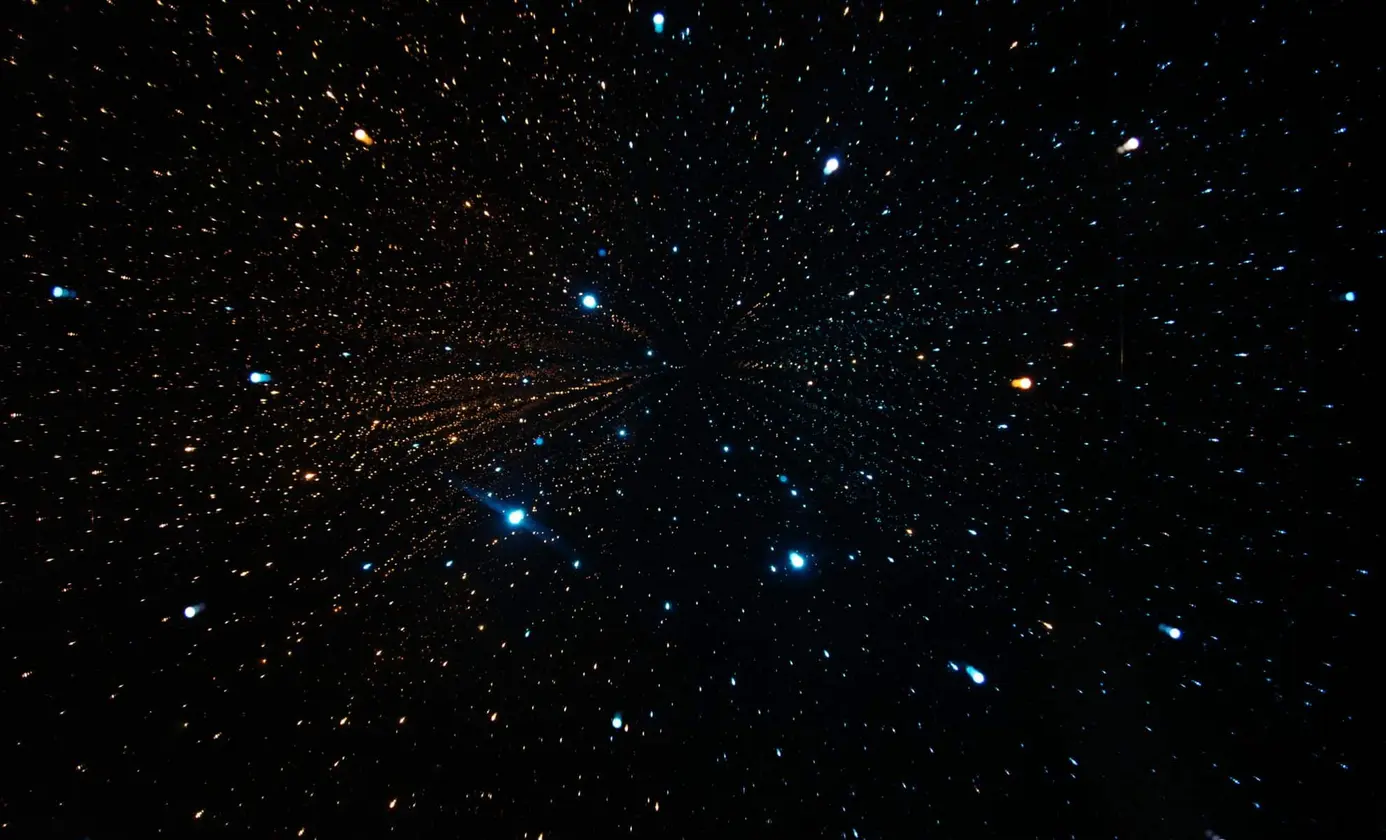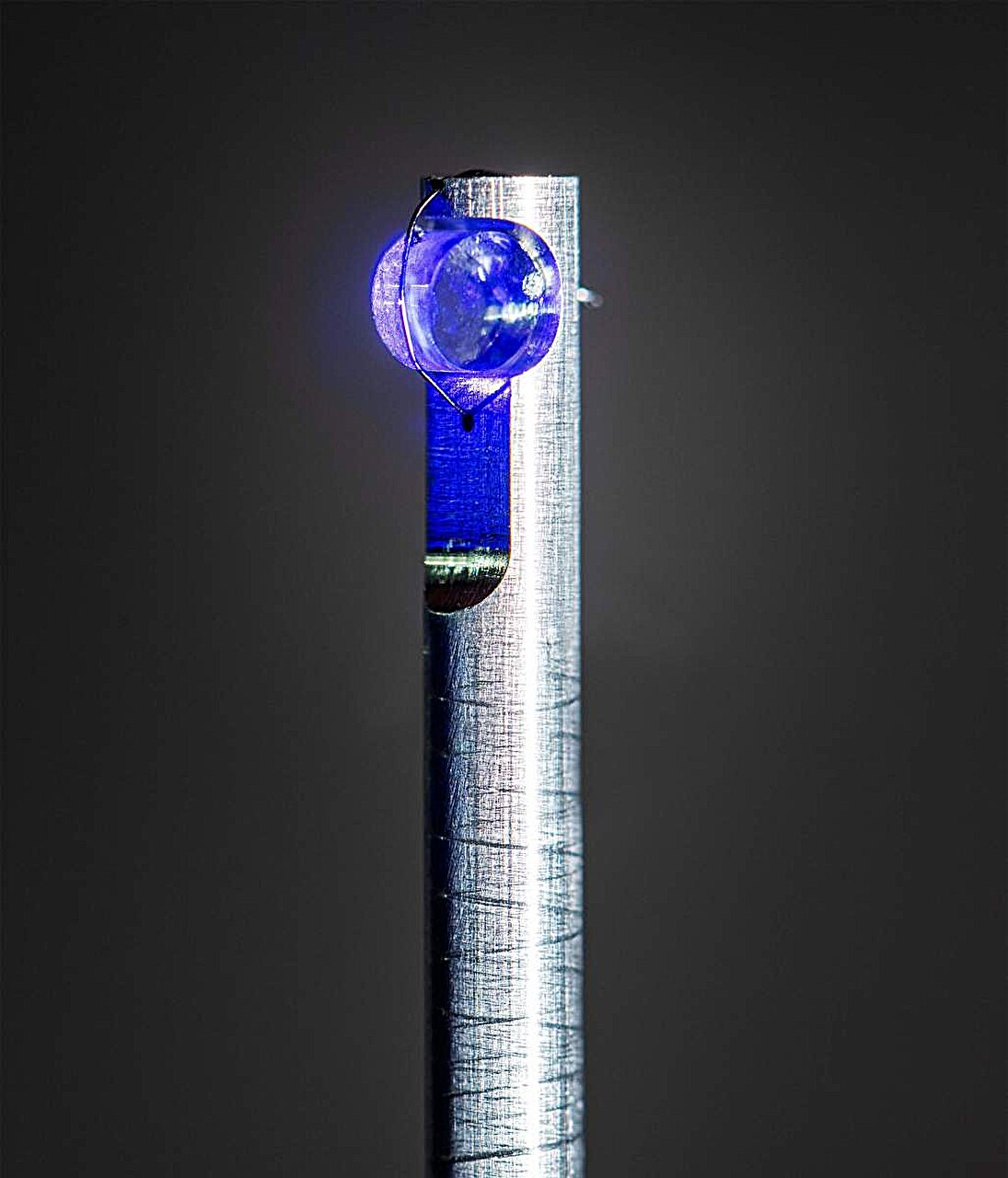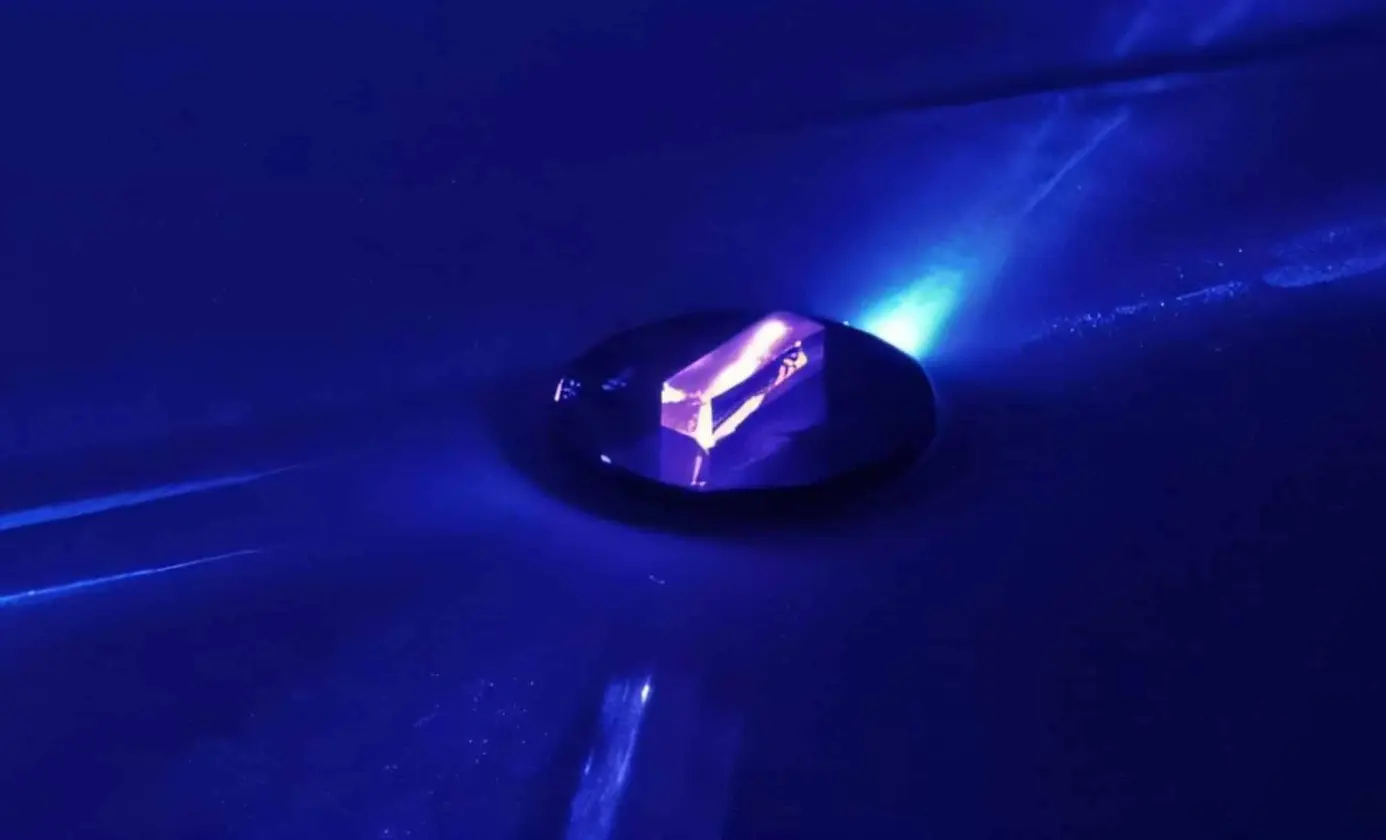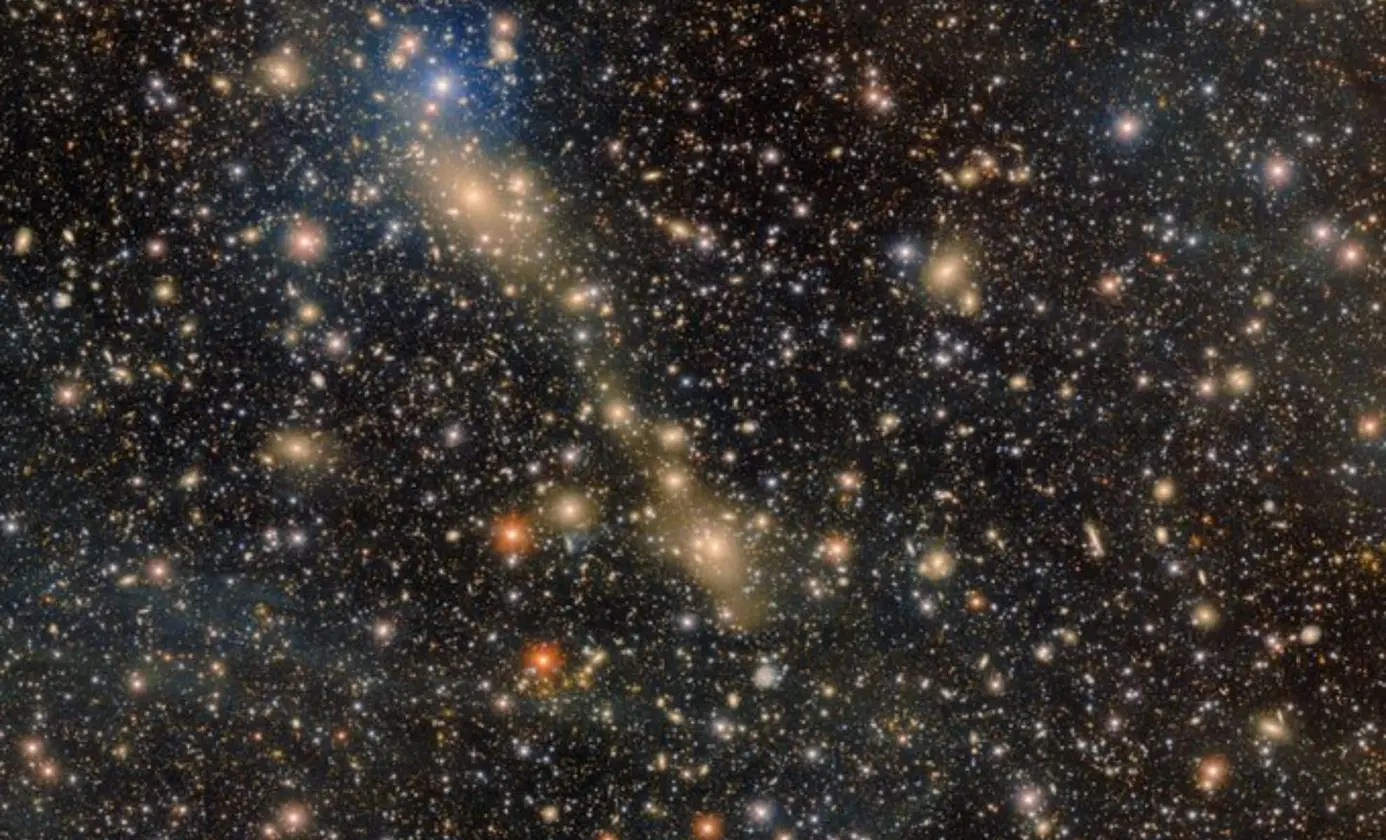T4K3.news
Nuclear clock could reveal faint dark matter signals
Researchers propose thorium-229 clock to detect forces trillions of times weaker than gravity.

A thorium-229 nuclear clock could probe dark matter by measuring ultra-fine shifts in nuclear resonance.
Dark Matter Detection Just Took a Giant Leap with This Precision Nuclear Clock
Researchers from the Weizmann Institute of Science led by Gilad Perez propose using a thorium-229 nuclear clock to detect dark matter. The approach relies on thorium-229's low-energy nuclear transition, which can be driven with lasers to track the nucleus as it changes between quantum states. The clock would monitor the full absorption spectrum to spot tiny shifts caused by dark matter's subtle influence.
Early experiments by teams in Germany and Colorado have demonstrated unprecedented precision in measuring thorium-229's resonance. Perez cautions that the idea is still early and requires substantial refinement, but a successful clock could one day sense forces far weaker than gravity and help constrain dark matter models.
Key Takeaways
"This is a region where no one has yet looked for dark matter"
Wolfram Ratzinger on novelty of the search
"We need to identify changes across the entire absorption spectrum to detect dark matter's effect"
Ratzinger explains the proposed method
"We still need even greater precision to develop a nuclear clock"
Gilad Perez on current limits
"This could enable us to detect forces 10 trillion times weaker than gravity"
Gilad Perez on potential impact
This proposal sits at the edge of theory and cutting edge engineering. It shows how advances in precision measurement can tilt the balance in fundamental physics, while reminding us that big claims demand big evidence. The work also underscores the gap between a promising idea and a working instrument, a gap that will require time, money, and cross border collaboration.
If the clock reaches maturity, the payoffs extend beyond physics. It could improve timekeeping and metrology, with potential spillovers into navigation and communications. But the path is long, and honest communication about limits will be essential to prevent hype from outpacing results.
Highlights
- This is a region where no one has yet looked for dark matter
- We need to identify changes across the entire absorption spectrum to detect dark matter's effect
- We still need even greater precision to develop a nuclear clock
- This could enable us to detect forces 10 trillion times weaker than gravity
The path to a practical clock may be long, but the pursuit refines how we measure reality.
Enjoyed this? Let your friends know!
Related News

New method to detect dark matter through thorium-229

Breakthrough in Nuclear Clock Research Announced

Bridge of stars links two galaxies in Abell 3667

Research links bright night lights to heart issues

Groundbreaking study reveals brain emits light

Remembering the legacy of John Hersey's Hiroshima

UN warns of dire hunger crisis in Gaza
